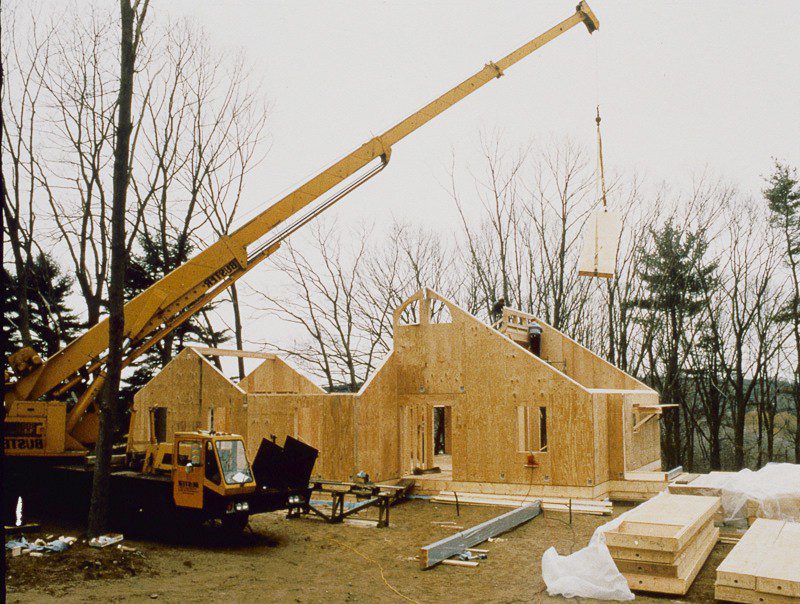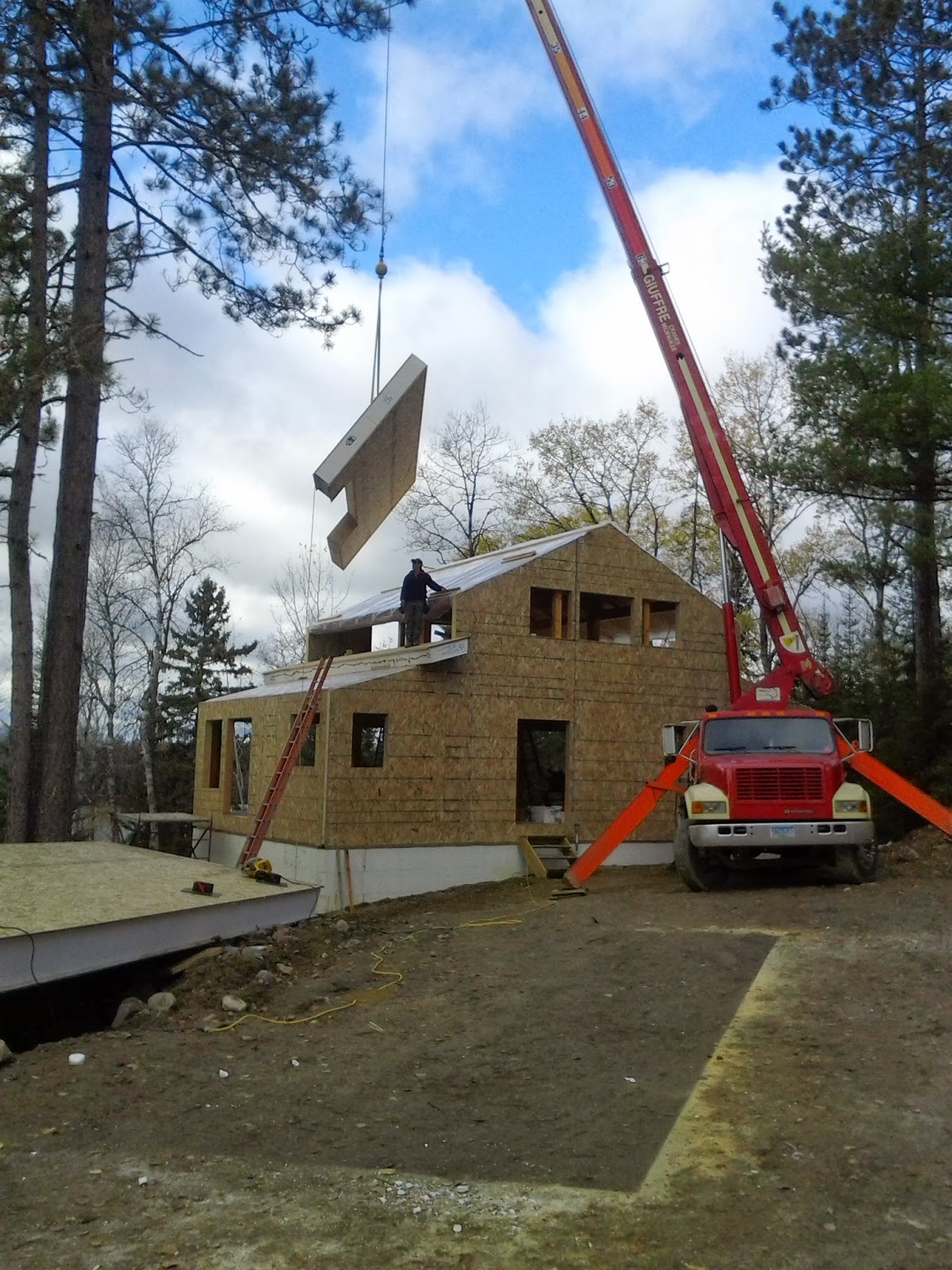

You get a quieter, healthier and happier home resulting in a happier life.įind out more about SIPs Industries and Structural Insulated Panels (SIPS).SIPs panels integrate seamlessly with other building pieces such as doors & windows.Air-tightness is amazing and preventing hot or cool air escaping through structural ‘leaks’ means lower electricity bills.

Building with SIPs equates to environmentally sustainable and responsible home building.Building your home with SIPs is a faster process, overall, compared to standard methods.


Our in-house design team will highlight these areas and ‘design in’ some steel support that ensures your SIPs envelope is continuous.
#SIP PANELS FOR ROOF SKIN#
Where external skin extends above a lower roof, to meet a higher roof (or similar), steel will need to be designed into the structure to provide support for this. Heavier cladding options, such as an external skin of brick or stone, will require building off their own foundations. The frame will have been left with a breather membrane to help protect your building from the elements until brickwork is applied which will stop damp from getting into the panels. It is important to note that the Kingspan TEK™ Building System requires a ventilated cavity between panels and cladding. The chosen façade treatment is fitted via a min 25mm tanalised timber batten fixed to the outside of the SIPs frame. This means that you can use modern, lightweight cladding systems, including timber, render board, rainscreen cladding systems or even brick/stone slips. Extremes pre-insulated SIPs offer an option for. What you see on the outside is what you truly get on the inside for vaulted space. The high thermal values and strength properties of Extremes SIPs are highly beneficial for roof construction. SIPs extensions usually do not require MVHR units unless the existing property is airtight (in which case you may already have an MVHR).Īs the SIP panels provide both structure and insulation, there is no need for the external finish to provide any structural support, other than to support itself. Extreme’s SIP Roofs allow for design flexibility and can create unique spaces. These systems recycle heat around the house while expelling moisture from bathrooms/kitchens. SIP is a sandwich structured composite, consisting of an insulating layer of rigid core sandwiched between two layers of structural board, used as a building material. We would always recommend installing MVHR units for new build homes in order to maintain a constant flow of fresh air within the property, maintain air quality throughout and keep your heating costs to a minimum. A structural insulated panel, or structural insulating panel, ( SIP ), is a form of sandwich panel used in the construction industry. As part of this strategy, it is important that pipework and duct route integration should be carefully considered with the floor joist layout and our design team will be able to advise on this and recommend areas for consideration It is therefore essential that you implement a ventilation strategy which should include the installation of a mechanical ventilation heat recovery (MVHR) system. SIPs structures are highly energy efficient and it is important to remember that when you are building a SIP home you are creating an airtight envelope - typically around 1.0m 3 /hour/m 2.


 0 kommentar(er)
0 kommentar(er)
